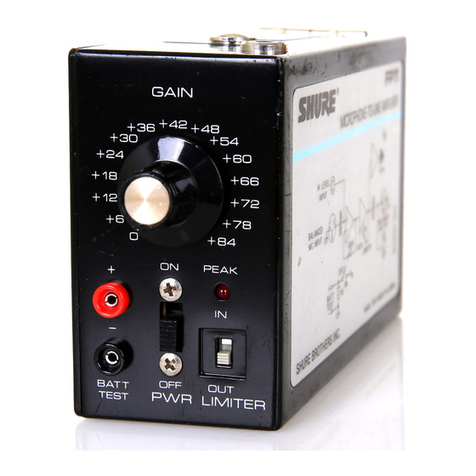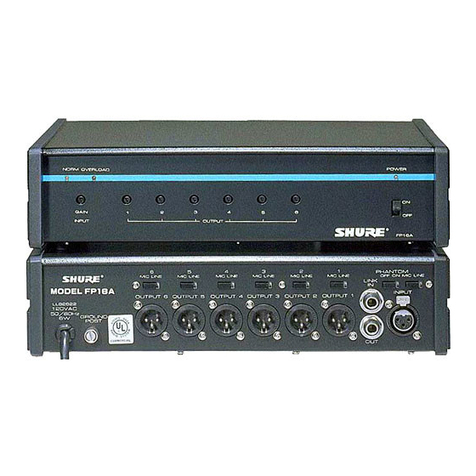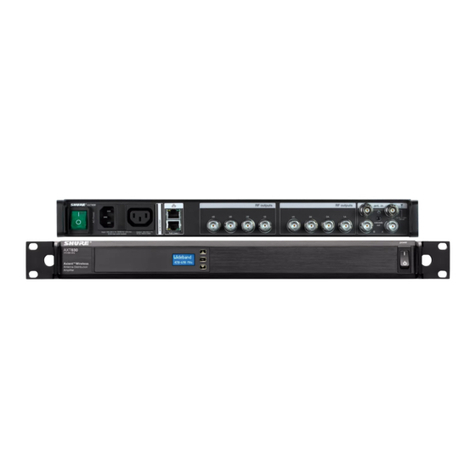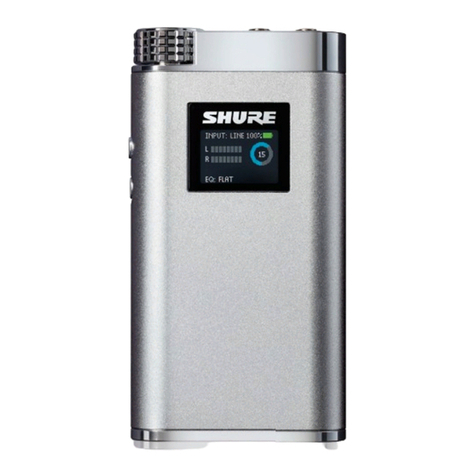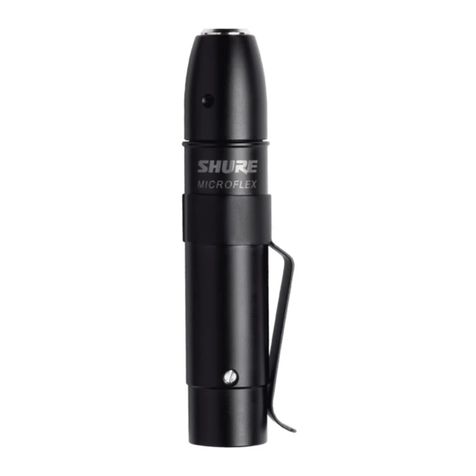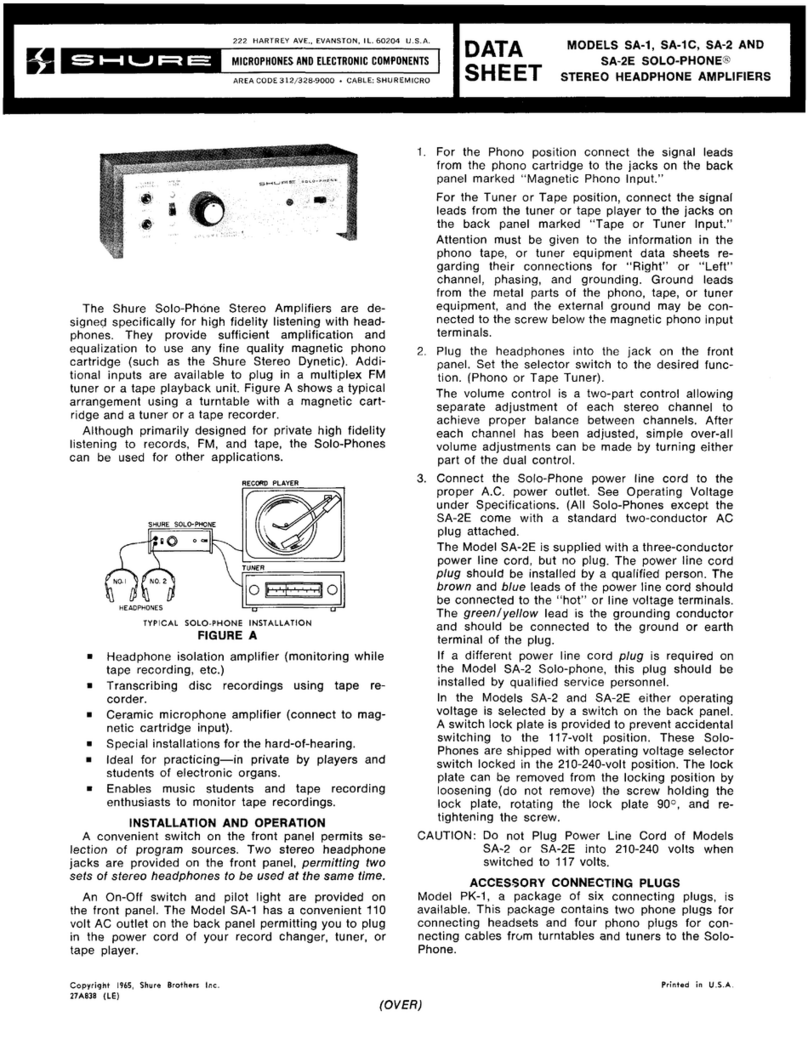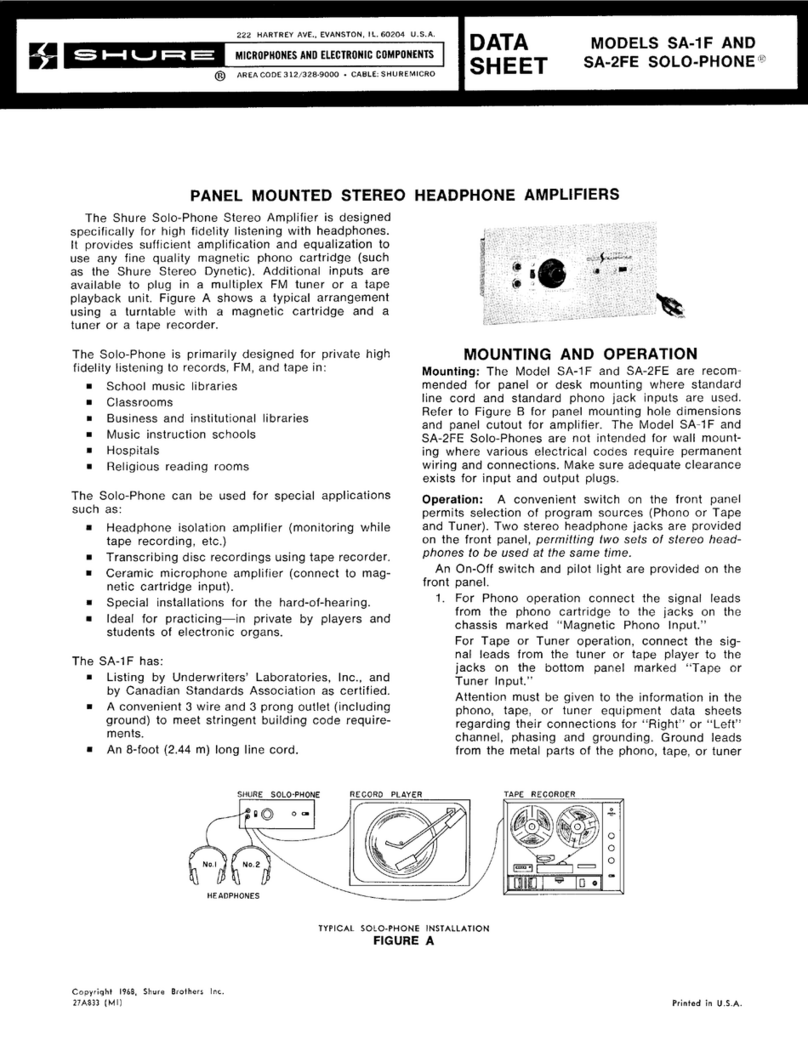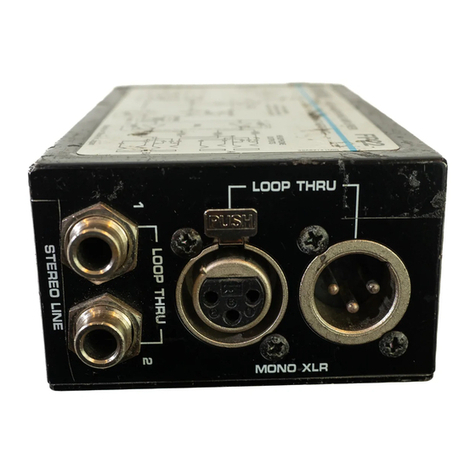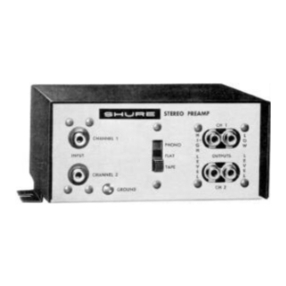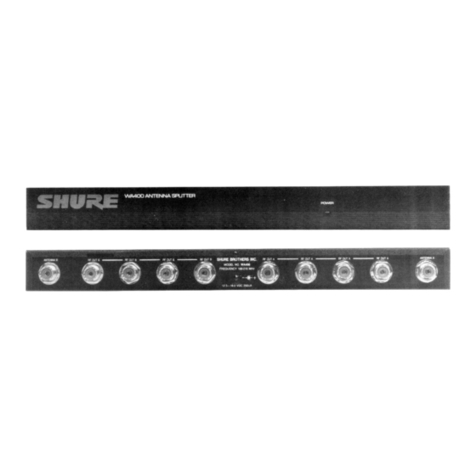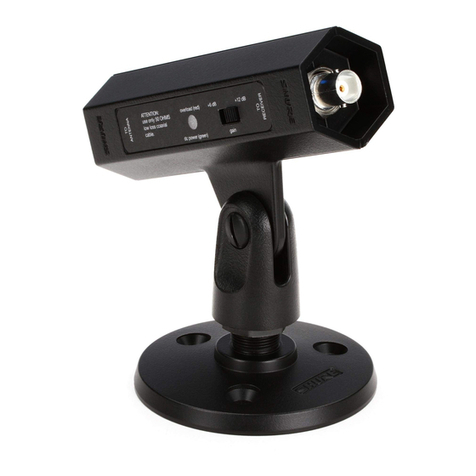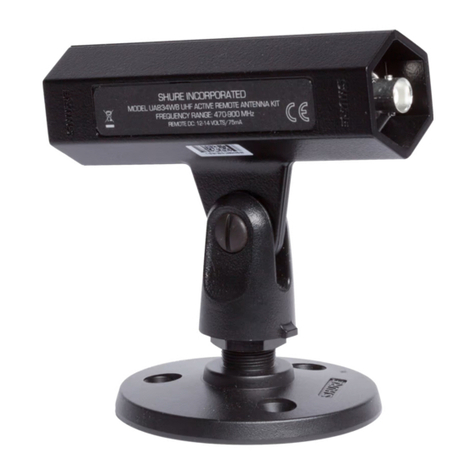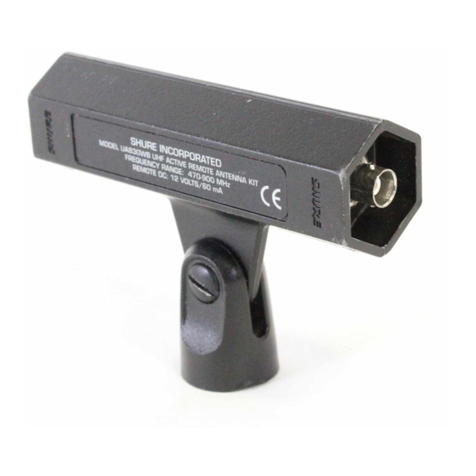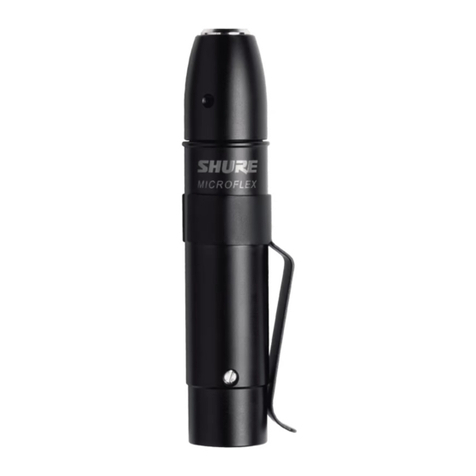RISK OF ELECTRIC SHOCK
AmA
CAUTION.
TO REOUCE
THE
RISK
OF
ELECTRIC SHOCK
DO NOT REMOVE COVER
NO USER SERVICEABLE PARTS INSIDE
REFER SERVICING TO OUALFIED SERVICE PERSONNEL
The llghtnrng flash w~th
arrowheadsymbol, wlthlnan
equilateral
triangle,
IS
rn-
tended to alert the user to
the presence of un~nsulated
"dangerous voltage" wlthtn
the product's enclosure that
may be of sufflcrent magnt-
tude to constitute a risk of
electrlc shock to persons
The exclamation point
within an equilateral trangle
is intended to alert the user
to the presence of important
operating and maintenance
(servicing) instructions in
the literature accompanying
the appliance.
attachedat the output terminals.
In
addition,the amplifierfeaturesa clipping
protectioncud.
This
circuit does not add
distortionto the signal,
as
doordmry"soft
clipping"circuits.
Instead,
it reducesthe
gain
of
the amplifieronlywhen necessary to avoid long
term hard clipping.
'lhis
circuit
can
be
selectivelydisabledby pressing the Protection
Defeat switch for
each
channel desired.
The slottedcontrolknobs on the HTS5OSPA
are intended to requireinsertion of a coin to
change their settings.These knobs resist
accidentalchangesof position.
Two
LED'S
on thefrontpanel illuminateto
indicatethepresence of an audio signal,and
eitheroperationof the protectioncircuit or
clipping.Power on
is
indicated by the
illuminatedpower button.
Amplifier
Architectme
To interface with the outsideworld,the
amplifier input connectorsare gold-plated
RCA
type
phono
@;
output connectorsare gold-
plated five-waybin@
posts
suitablefor use
with most
high-performance
audio cables.
To receive and generatesignalsat the input
and output connectorsrespectively,scrupulous
care
has
been exercised
in
design and construc-
tion of the HTS5OSPA with highest quality
components used throughout.The power
amplifier circuit of each channel uses ahybrid
audiopower module construction.
This
compact
assembly techquecombines semiconductor
chips,normally used in amplifiers
as
separate
dwrete devices,intoa tightlycoupledunit on
a
multilayer high-thermal-conductivitysubstrate.
The
high
thermal conductivityof the base
substrateresults in a close thermal match of the
amplifier output circuitsto the voltage and
current
gain
driverstages.Each discrete device
now tracks the otherdependent on power
dissipationin the output stage.
This
is
not
possible
with
the discrete separatedparts using
normal amplifier construction.
Thus
the
HTSSOSPA takes advantageof one of the benefi&
of monolithic integratedcircuitswhile still
retaining a discrete componenttopology
as
part
of the hybrid amplifier module.The total
amplifier circuit combinesthe hybrid module
and specialcontrol circuitryto deliverhigh
currentand voltagewith low distortionand
precise controlof the amplifier circuit in
overload conditions.The output amplifiersin
each channel are complemented by signal
processing circuitswhich match amplifier
operationto the HTS loudspeakers.The total
combineslow noise FET operationalamplifiers,
high
qualitysmall signalcapacitorsand resistors,
multiple computergradepower supply
capacitors,
glass
epoxy
circuit
boards,
and a
high
currentlow noise,instrumentationgrade
toroidalpower transformer.
The result of these circuitrytechniques
is
an
amplifier of exactingspecifications,precisely
processing the input signaland accurately
matchingHTS5O SeriesLoudspeakerstoproduce
many years of enjoyment of the finest
film
and
music sound stages.
HTSSOSPA
FRONT
PANEL
CONTROLS
@
LWEL:
For
both
Channel
1
and Channel
2,
thenormalposition for the Level
control
is
0 (no attenuationfor
all
loud-
speakers.)
In
the HTS Theater Reference
System,totalVolume level and Surround
level are controlled at the HTS Decoder
or its Remote Control.
In
certain
cases,
other level settings
can
also
be
recommended
1.
To compensatefor room variations,
seethe Balance and Phasing section
of the HTS5300 Manual for specific
instructions.
2.
For amore visceral low end in
theatricalpresentations,either
turn
all
level controlsto -3except for the
HTSSOSW Subwooferor
turn
all
levelscontrols to
-6
except for the
Subwoofer.
In
both setups,leavethe
Subwooferchannel level conmlat
0.
The additional ultra-lowfrequency
